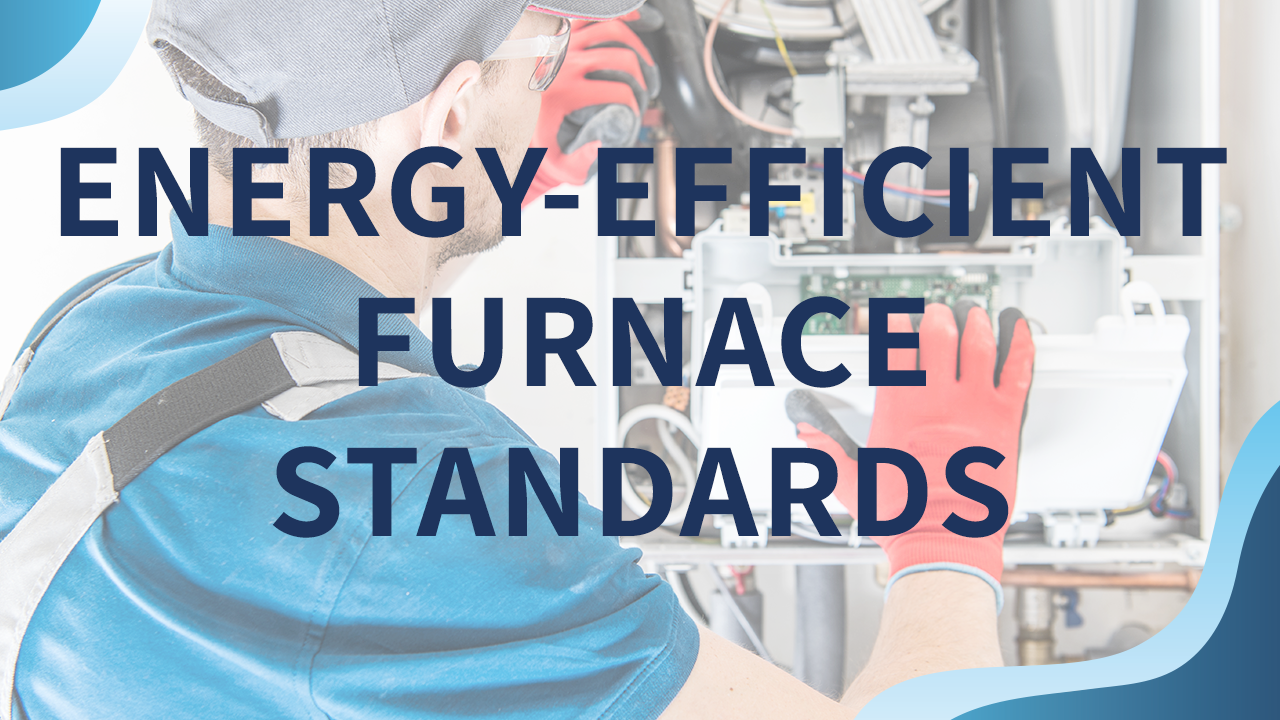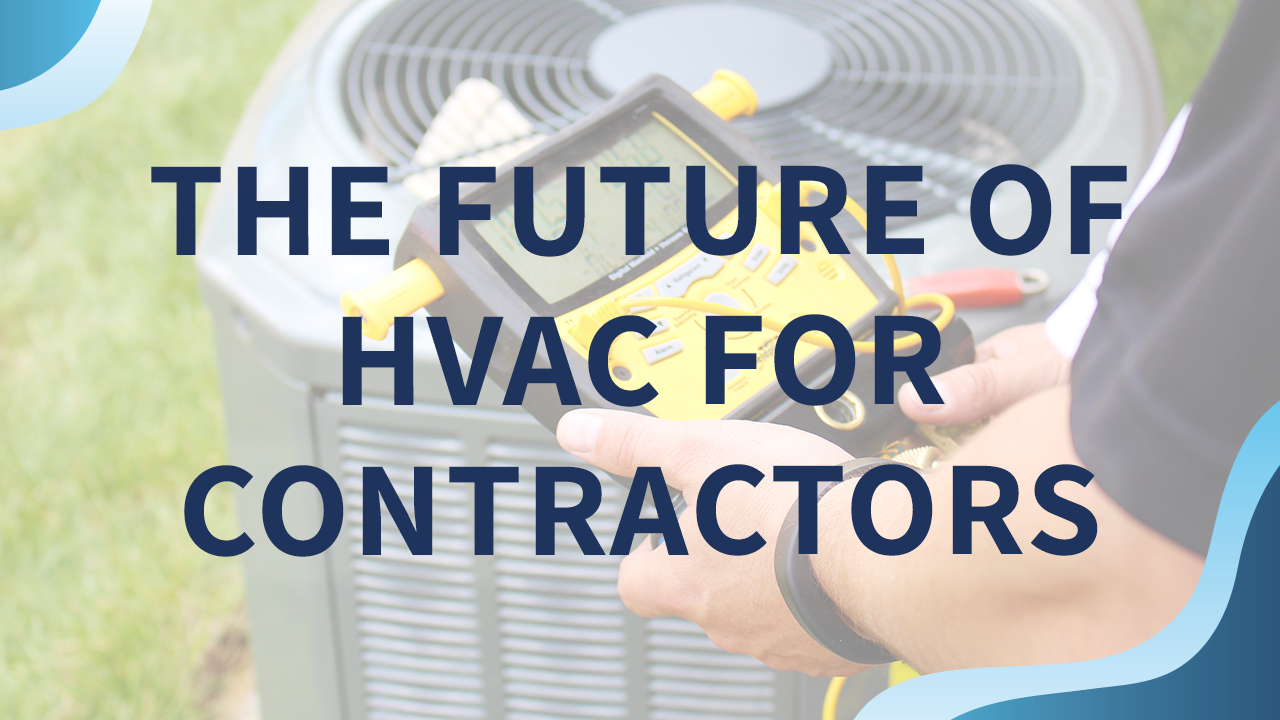Envision a world where the air in your home not only keeps you comfortable but also adapts to your health needs and conserves energy at the same time.
Upcoming HVAC trends predict this imaginary scene doesn’t derive from science fiction; it’s the direction the HVAC industry is already heading.
The HVAC market is currently ablaze, and it’s expected to grow from $62 billion to $95 billion by 2028. In short, the HVAC industry is on the cusp of a revolution.
7 Upcoming HVAC Trends in 2024
During the revolution, the HVAC landscape is set to undergo significant transformations driven by innovation and a commitment to sustainability and efficiency.
Integrating smart technology into HVAC systems is becoming more prevalent, offering improved energy efficiency, remote monitoring, and predictive maintenance capabilities. The industry is also seeing a surge in the importance of indoor air quality as consumers become more health-conscious.
Sustainability is taking center stage, with the HVAC industry moving towards more eco-friendly materials and practices. Service models are evolving to meet the growing demand for environmentally responsible solutions.
These upcoming HVAC trends signal a new era in HVAC that prioritizes efficiency, sustainability, and innovation.
Increased Adoption of Heat Pumps
The HVAC industry is adopting more heat pumps because of their energy efficiency and eco-friendliness. The devices, which transfer heat to warm or cool spaces, are less energy-intensive than traditional systems and offer year-round climate control.
The shift is driven by efforts to cut carbon emissions and increase the use of renewables. Heat pumps are attractive for their potential to lower energy costs and fossil fuel use.
The growing preference for heat pumps is transforming the HVAC sector by fostering sustainable practices and improving energy efficiency.
With this trend, we anticipate decreased energy consumption and progress toward greener heating and cooling methods.
Reduced HFC Production
The HVAC industry is preparing for a significant reduction in hydrofluorocarbon production, a move mandated by the American Innovation and Manufacturing Act.
The AIM Act directs the U.S. Environmental Protection Agency to phase down the production and consumption of HFCs in the United States by 85% over the next 15 years.
Reducing HFC production is a critical step towards sustainability since HFCs are commonly used refrigerants with high global warming potential.
By limiting their use, the HVAC industry is expected to pivot towards alternative refrigerants with lower environmental impact.
According to the EPA’s report, the phasedown is projected to reduce global warming by up to half of one degree Celsius by 2100, marking a substantial contribution to global climate change efforts.
This legislative push will likely accelerate innovation in the HVAC sector, prompting the development of new technologies and refrigerants that are less harmful to the atmosphere.
More 3D Printing
3D printing continues to emerge as a transformative technology in the HVAC industry, particularly in producing ducting components. The technology allows for the creation of complex parts with precision and efficiency, which can lead to reduced waste and lower costs.
For the HVAC industry, the adoption of 3D printing means the ability to produce custom parts on demand, reducing the need for large inventories and enabling quicker responses to specific customer needs.
The flexibility is a significant advantage for both manufacturers and service providers. It allows for more personalized solutions, potentially shortening repair and installation times for customers.
The impact of 3D printing extends to sustainability efforts as well. 3D printing contributes to the industry’s environmental responsibility by minimizing material waste and enabling eco-friendly materials.
Smart HVAC Expansion
Smart HVAC systems are a rapidly growing segment within the industry, characterized by their integration with the Internet of Things technology.
The systems offer advanced features like remote monitoring, automation, and enhanced energy efficiency, all increasingly in demand by consumers looking for convenience and cost savings.
The expansion of smart HVAC accompanies a rising awareness of energy consumption and the need for more efficient climate control solutions.
Homeowners and businesses are seeking ways to reduce their carbon footprints and energy bills. Smart HVAC systems provide a solution by optimizing heating and cooling based on real-time data and user behavior.
For the HVAC industry, the rise of smart technology signifies a shift towards more technologically advanced systems that require new skills and expertise. It also opens up opportunities for new services, such as ongoing system monitoring and data analysis, which can provide additional value to customers.
HVAC as a Service
HVAC as a Service is an emerging business model in the market. It shifts the focus from one-time transactions to a subscription-based service, where customers pay for ongoing maintenance, repairs, and upgrades.
The model offers a predictable revenue stream for providers and can lead to better system maintenance and customer satisfaction due to regular service.
HVACaaS’s impact on the industry is significant. It encourages manufacturers and service providers to produce higher-quality, more durable units, knowing they will be responsible for their long-term performance.
For customers, HVACaaS means potentially lower upfront costs and the assurance of proactive service, which can extend the life of their HVAC systems and ensure more consistent comfort.
Increased Sustainability Efforts
Increased sustainability efforts in the HVAC industry reflect a growing commitment to environmental responsibility and energy conservation.
The green HVAC movement involves developing and using more energy-efficient systems with a reduced carbon footprint and utilizing renewable energy sources where possible.
For the HVAC industry, sustainability strategies mean innovation in design and the use of durable materials with less environmental impact.
Green HVAC also involves adopting practices that contribute to the circular economy, such as recycling old systems and using refrigerants that are less harmful to the ozone layer.
It is clear that the industry’s move towards sustainability is more than a trend; it is becoming a standard practice.
The shift helps protect the environment and resonates with consumers increasingly making purchasing decisions based on sustainability.
As the industry continues to innovate, we expect to see further advancements contributing to a more sustainable future.
IAQ Emphasis
Indoor Air Quality has become a focal point in the HVAC industry, driven by increased awareness of the health implications of indoor pollution. Understanding and controlling common indoor pollutants can help reduce various health risks.
HVAC systems are critical in managing IAQ by filtering out pollutants and ensuring adequate ventilation.
Strategies to address IAQ issues include using advanced filtration systems, incorporating air purifiers, maintaining proper humidity levels, and utilizing ultraviolet light technology to disinfect air streams.
As the industry continues to innovate, the focus on IAQ is expected to develop more sophisticated HVAC systems that can provide better air quality without compromising energy efficiency. The trend will likely gain momentum as consumers become more health-conscious and regulations around IAQ become more stringent.
Motili: Shaping HVAC Trends in 2024 and Beyond
As the industry approaches 2024, these upcoming HVAC trends showcase a sector in significant evolution.
From the rise of heat pumps and the reduction of HFCs to the integration of 3D printing and smart technology, the industry is embracing change.
HVAC as a Service model and increased sustainability efforts reflect a shift towards long-term customer relationships and environmental stewardship.
Meanwhile, the focus on indoor air quality underscores a commitment to health and well-being.
As these trends gain traction, companies like Motili are at the forefront, offering innovative solutions that align with the industry’s future.
Whether implementing more sustainable practices or embracing smart HVAC technologies, Motili’s commitment to quality and efficiency ensures that it remains a key player in shaping the landscape of modern HVAC solutions.












